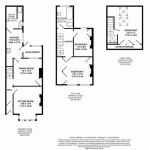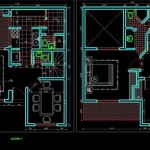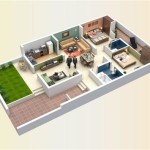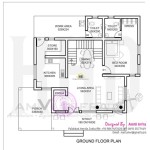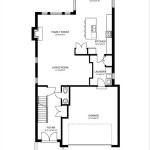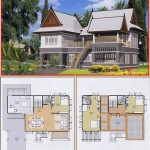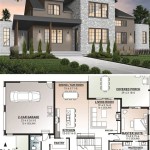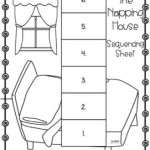Floor Plan Examples For Homes: Essential Aspects
Floor plans are essential tools for anyone looking to build or remodel a home. They provide a visual representation of the layout of a home, including the location of rooms, windows, doors, and other features. Floor plans can help you to visualize the flow of a home and to make informed decisions about the design and layout of your space. There are many different types of floor plans available, each with its unique advantages and disadvantages. Some of the most common types of floor plans include:
1. Single-Story Floor Plans
Single-story floor plans are characterized by their simple, one-level design. They are often found in smaller homes and are popular with people who want to avoid stairs. Single-story floor plans can be very efficient, as they eliminate the need for hallways and stairs. They can also be more accessible for people with disabilities.
2. Two-Story Floor Plans
Two-story floor plans are characterized by their two levels of living space. They are often found in larger homes and offer more privacy and separation between different areas of the home. Two-story floor plans can be more spacious than single-story floor plans, but they can also be more expensive to build. They can also be less accessible for people with disabilities.
3. Split-Level Floor Plans
Split-level floor plans are characterized by their multiple levels of living space. They are often found in homes built on sloping lots. Split-level floor plans can offer more privacy and separation than single-story floor plans, but they can also be more difficult to navigate. They can also be less accessible for people with disabilities.
4. Open Floor Plans
Open floor plans are characterized by their lack of walls between the living room, dining room, and kitchen. They are often found in modern homes and are popular with people who want to create a more spacious and airy feeling. Open floor plans can be very social, as they allow people to interact with each other more easily. They can also be more difficult to furnish and decorate, as there are fewer walls to break up the space.
5. Closed Floor Plans
Closed floor plans are characterized by their use of walls to separate different areas of the home. They are often found in traditional homes and are popular with people who want more privacy and separation between different areas of the home. Closed floor plans can be more formal and traditional, but they can also be more difficult to navigate. They can also be less accessible for people with disabilities.
Conclusion
When choosing a floor plan for your home, it is important to consider your needs and lifestyle. There is no right or wrong answer, and the best floor plan for you will depend on your individual preferences. By understanding the different types of floor plans available, you can make an informed decision about the design and layout of your home.

12 Examples Of Floor Plans With Dimensions

Ready To Use Sample Floor Plan Drawings Templates Easy Blue Print Floorplan Ezblueprint Com

Floor Plans Types Symbols Examples

House Floor Plan Template

Free Floorplan Template Inspirational Home Plans Sample House Floor Simple Plan Layout

Home Floor Plans House Plan Drawings

Ready To Use Sample Floor Plan Drawings Templates Easy Blue Print Floorplan Ezblueprint Com

Free Editable Open Floor Plans Edrawmax

Example Of An Apartment Floor Plan On Which The Residents Have Drawn Scientific Diagram

Ready To Use Sample Floor Plan Drawings Templates Easy Blue Print Floorplan Ezblueprint Com Drawing Plans How

